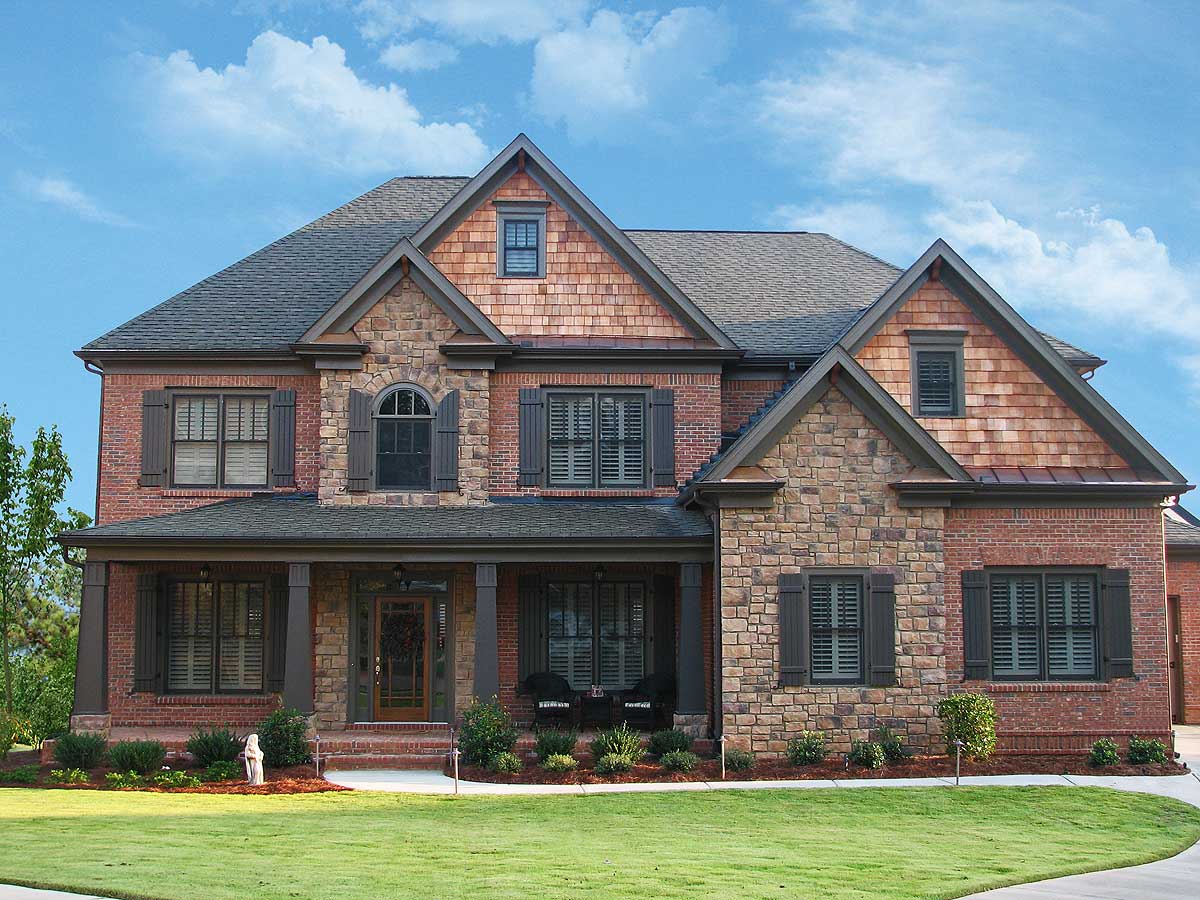Future Trends and Innovations
Hurricane resistant house design – The field of hurricane-resistant home design is constantly evolving, driven by the increasing frequency and intensity of hurricanes and advancements in materials science and engineering. Innovative technologies and materials are being developed to enhance structural integrity, minimize damage, and improve the overall resilience of homes in hurricane-prone regions. This leads to safer and more sustainable housing solutions for communities facing these extreme weather events.Emerging technologies and materials are significantly improving hurricane resistance in home design.
These innovations are focusing on strengthening structural components, improving energy efficiency, and reducing the environmental impact of construction.
Advanced Building Materials
High-performance concrete incorporating advanced fibers, such as carbon fiber or basalt fiber, significantly increases tensile strength and ductility, making structures more resistant to wind uplift and impact forces. These materials can be integrated into both structural elements like walls and foundations, and non-structural elements like cladding, offering a holistic approach to improved resilience. Furthermore, the use of self-healing concrete, which contains bacteria that repair micro-cracks, is showing promising results in extending the lifespan of structures and reducing the need for frequent repairs after minor storm events.
Similarly, advanced composite materials, including fiber-reinforced polymers (FRP), offer high strength-to-weight ratios, making them ideal for reinforcing existing structures and building lightweight, yet robust, new ones.
Innovative Design Strategies, Hurricane resistant house design
Building design is shifting towards more aerodynamic shapes that minimize wind pressure and lift. This includes incorporating sloped roofs with reduced surface area, and strategically placed vents to equalize internal and external air pressure, preventing catastrophic roof failures. The implementation of impact-resistant windows and doors, made from laminated glass or impact-resistant polymers, is crucial in mitigating damage from windborne debris.
Furthermore, elevating homes on reinforced pilings and utilizing elevated foundations further reduces the risk of flooding and wind damage. For example, the use of prefabricated, modular construction methods allows for faster and more efficient construction of hurricane-resistant homes, leading to cost savings and reduced construction time. This is particularly beneficial in post-disaster rebuilding efforts.
Challenges and Future Research Directions
While significant progress has been made, challenges remain. One key challenge is the high initial cost of implementing these advanced materials and technologies. Further research is needed to develop more cost-effective solutions that are accessible to a wider range of homeowners. Another area needing further investigation is the long-term durability and performance of these new materials under extreme weather conditions.
Rigorous testing and field studies are essential to validate their effectiveness and longevity. Finally, understanding the complex interaction between different building components and their response to hurricane forces requires advanced computational modeling and simulation techniques. Developing more sophisticated models that can accurately predict structural behavior under various extreme conditions is crucial for improving design standards.
Economic and Environmental Aspects
Building hurricane-resistant homes presents a complex interplay of economic and environmental considerations. While the upfront costs might be higher, the long-term benefits, including reduced repair and replacement costs after a hurricane, often outweigh the initial investment. The reduced risk of damage and displacement also contributes to economic stability for communities. From an environmental perspective, the use of sustainable and recyclable materials in hurricane-resistant construction contributes to reducing the overall environmental footprint.
Furthermore, energy-efficient designs, incorporating features like advanced insulation and solar panels, minimize the energy consumption of these homes, lowering their carbon footprint. However, the production and transportation of advanced materials can have environmental implications, requiring a lifecycle assessment to ensure sustainability. Strategies to minimize the environmental impact of these materials, such as utilizing recycled content and reducing waste during construction, are crucial for achieving true sustainability.
Essential Questionnaire: Hurricane Resistant House Design
What is the average cost increase for building a hurricane-resistant home compared to a standard home?
The cost increase varies significantly based on location, building codes, and the specific design features implemented. It can range from a few percentage points to a more substantial increase, depending on the level of hurricane resistance desired.
How often should a hurricane-resistant home undergo inspections and maintenance?
Regular inspections, ideally annually, are recommended to check for any damage or deterioration. Maintenance should be performed as needed, focusing on areas susceptible to wear and tear, such as roofing, windows, and exterior cladding.
Are there insurance benefits associated with owning a hurricane-resistant home?
Yes, many insurance companies offer reduced premiums or other incentives for homes that meet specific hurricane-resistance standards. It’s advisable to check with your insurer for details.
Can existing homes be retrofitted to improve their hurricane resistance?
Yes, many retrofitting options exist, ranging from strengthening the roof system and installing impact-resistant windows to improving drainage and landscaping. A structural engineer can assess the home and recommend appropriate upgrades.
Designing hurricane-resistant homes requires careful consideration of structural integrity and material choices. For those seeking a smaller, resilient footprint, a well-designed two-bedroom home can be an excellent option, such as those found on sites offering two bed room house design plans. These plans, when adapted with hurricane-resistant techniques, offer a balance of comfort and safety in vulnerable areas.
Proper reinforcement and impact-resistant windows are key components in achieving a truly hurricane-safe two-bedroom home.



